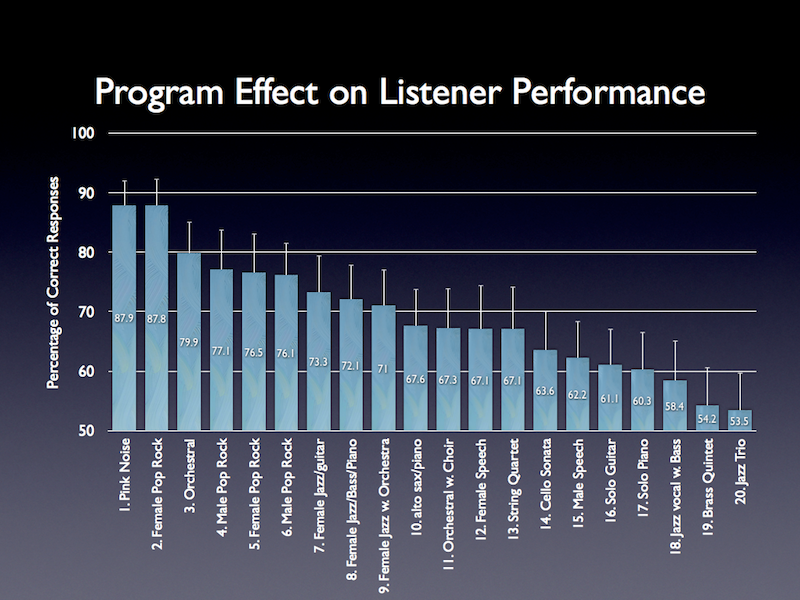The reality I am referring to is nothing more than the LISTENING reality, and again, no panel I have ever heard or owned sounds like that. I also use (and post) my own measurements, but at the end of the day, reality to me is NOT graphs and measurements, and that is the basis of our differences; measurements help me figure out balance, they serve as the BASIS, and nothing more than that. The fact you rated the ML a '4' is simply telling of your preferences, and that is reality for you - nothing wrong with that.
I never denigrated anything or anyone - and certainly "screwed up" are your words not mine. Are we at polar opposites? Absolutely. Does anything you have written on this subject mean anything to me? Very little. You espouse "research" that comes across so thin, that no room for convergence exists between us, and we should leave it at that. But no, I don't think you are "screwed up", but I am indeed unimpressed and I do feel we hear completely differently, and feel free to do the same of me. I decided to use "intense" language, because of the fortitude of your positions, and I make no apologies.
I have spent 13 years now with my current MLs (and 6 more before them with other MLs, plus 20+ years with Magnepans in my second, lesser system), and many an amp have come and gone - and apart from the 400RS no other has been able to drive the MLs correctly, though the same amps have had no issues driving much lighter loads. I could go into details about those amps' sound driving difficult loads... I have also posted in the past that all these by-gone amps have also shut down when driving even more harsher loads like the ML Summit and Summit X (impedance drop to ~0.7 ohms), at moderately high levels. So do I think Proceed amps are unworthy of listening comparisons at Harman or elsewhere, if we are to call this "research", where all parameters are supposed to be optimized? Absolutely, and feel free to disagree; but I remain unimpressed with Harman and anything written about their work. I take their "research" as yet another data point, and I throw it out the window. I expect you to do the same of what I just said.
@esldude: Just click my system link on the bottom to see the current graphs (post #1); 1/3 octave, and I intend to get higher "resolution" at some point
Problem is YOU need God's chosen speaker.










